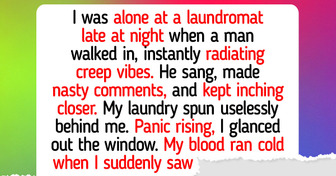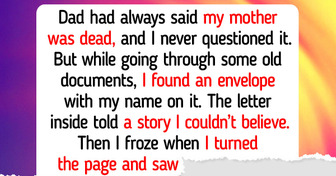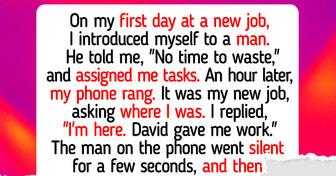16 Times People Saw Something Different Than Reality

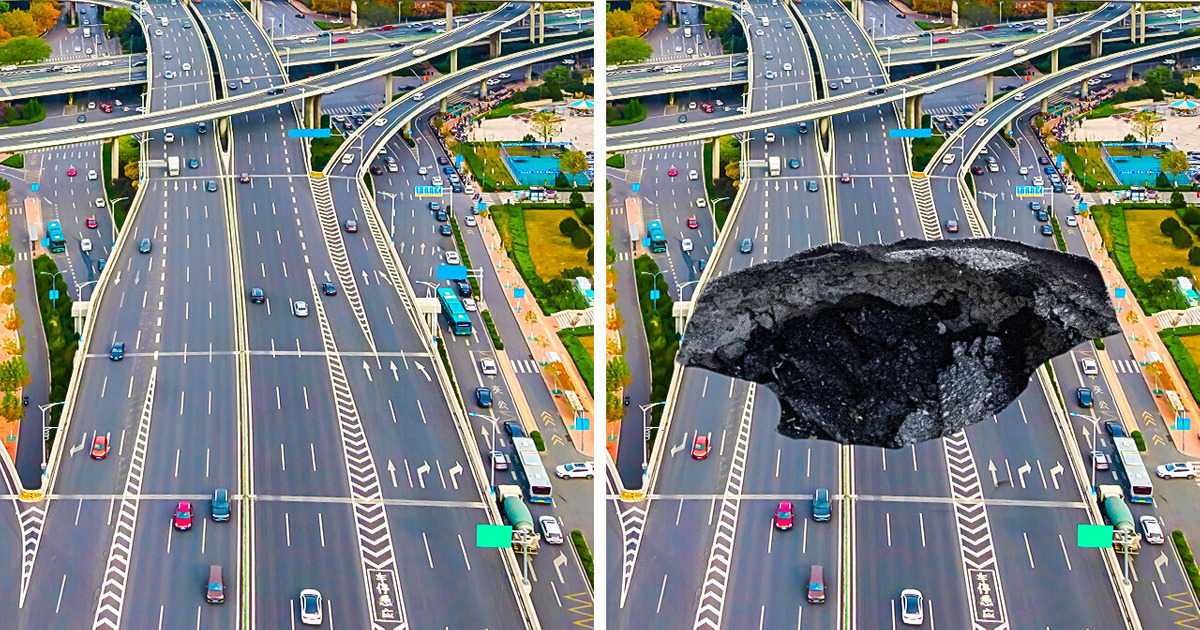
Floods, tornadoes, tsunamis, hurricanes... Yikes! All these natural disasters can get extremely dangerous — but we’re kind of familiar with them. But how about a natural disaster that has never happened before — but could occur any moment now?
It might be a super eruption. That’s what happens when a super-volcano erupts. You might know that Yellowstone Park is located on top of a super-volcano. The last massive eruption there happened about 664,000 years ago. And the one before that — approximately 1.3 million years ago.
If we do the math, we’ll understand that the next eruption might be due any time soon. There’s no strong evidence that the super-volcano is waking up or preparing for an eruption. But what would it be like if it did happen?
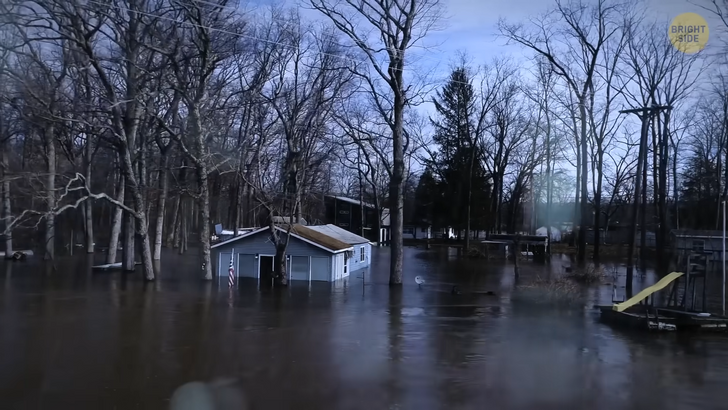
Months before the eruption, small-scale earthquakes would become more frequent and more powerful in the area. Not long before the eruption, the growing pressure would push up the ground over the volcano, creating a dome. Narrow cracks would open along the edges of this dome. The magma would start rising toward the surface. And then, the eruption would kick off.
A massive column of lava and ash would shoot up into the air to a height of over 16 miles. The volcano would keep pumping ash for days on end. The air in that area would heat up to 570˚F. For all living creatures, ash fallout would be one of the most dangerous consequences of the eruption. Buildings and trees would start collapsing under the weight of this dense substance. It’d only take a couple of days for a 10-feet layer of ash to cover the territory of about 50 miles around the center of the eruption.
After the ash got into the stratosphere, the temperatures all over the world would start to drop. The eruption would also be rich in sulfur — and this element is an effective sun blocker. That’s why it would soon get so cold that there would be no summer in the whole world for the next several years. The monsoon seasons would change. It would be hard for animals to find food and clean water.
Now, how about a gamma-ray burst? You don’t stumble across this kind of radiation in your everyday life. A gamma-ray burst occurs when two neutron stars collide. The collapse of a massive star can produce it too. Gamma rays could present a serious danger to Earth. If a gamma-ray burst happened close to our home planet, it could rip our ozone layer away. After that, we would be left unprotected from the Sun’s ultraviolet radiation.
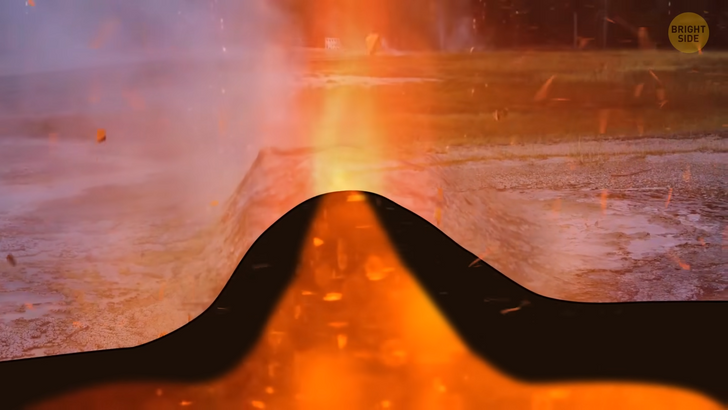
Plus, gamma rays could also produce ground ozone. This kind of ozone could seep into the ocean since it’s water-soluble. And that would lead to a mass extinction of marine life. Plants wouldn’t survive this disaster either. Come to think of it, giant sinkholes could swallow entire communities.
One of such sinkholes opened up in the City of New York. It pulled a parked van into the earth. It happened in the summer of 2022. And it wasn’t the only sinkhole to appear in that area. Local inhabitants reported around 4,000 sinkholes all over the city. This kind of problem is also very common in Florida. And it’s much more serious than it may sound. Sinkholes open all of a sudden, pulling down everything and everyone that happens to be nearby.
Sinkholes appear all over the world, which makes them a global problem. They’re totally unpredictable and form without warning. Luckily, experts know what causes them. In some areas, there are vast areas of groundwater. But during droughts, this water dries up. This creates large empty caverns. After heavy rains, the surface over such a cavern can collapse, creating a sinkhole within minutes.
What if we came across a wandering black hole?! You might know that a black hole is a region in space where gravity is so powerful that not even light can escape its clutches. Luckily, the nearest one to us is 1,500 light-years away. Nothing to worry about, right? Until you find out about wandering black holes. Now, things definitely get way creepier. If such a black hole entered the Solar System, Earth would be doomed. We wouldn’t stand a chance against this space monster.
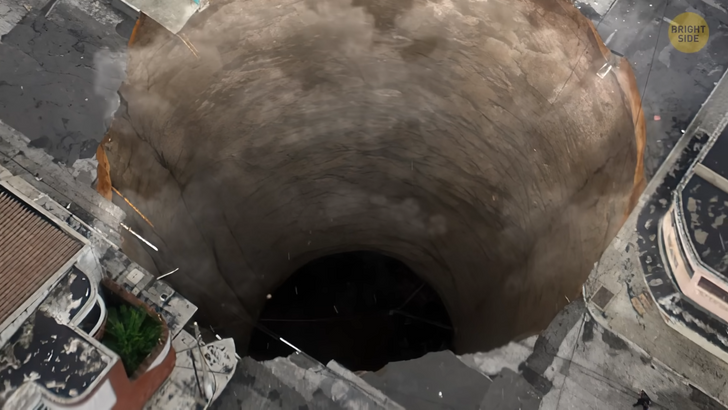
In 2020, 13 wandering black holes were spotted not so far away from our planet. But worry not — “not far away” in space terms means around 1 billion light-years away. So, we’ve got some time left. Plus, the possibility of such a disaster is very, VERY low.
Another natural disaster we haven’t experienced yet is a mega-flood. It’s never happened before, but the changes in climate do make for a risky potential. It could start, let’s say, in California. This state experienced some really bad flooding in the past. One of such floods stretched up to 60 miles across and 300 miles long. If a similar disaster happened these days, it would cause $1 trillion worth of damage. It would also uproot millions of people.
Now, let’s talk about a hyper-cane. Judging by the name, this natural disaster might get extreme. A hyper-cane is a theoretical hurricane of unsurpassed power. It would occur if the ocean became overheated as a result of climate change. Or because of a massive volcanic eruption.
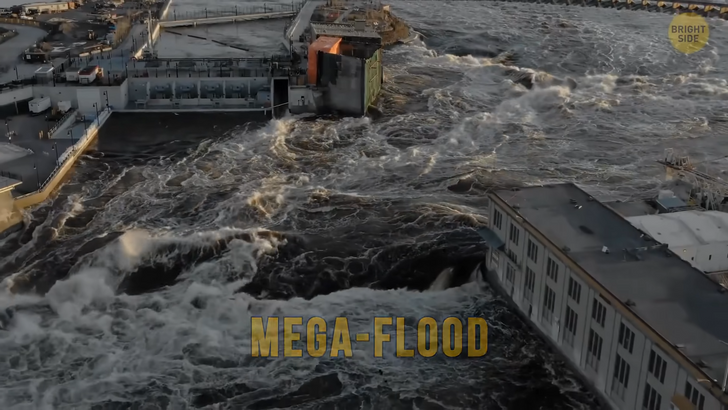
In any case, these conditions could create a hurricane that would stretch way beyond the lower stratosphere. (And as you may guess, regular hurricanes don’t do that.) The hyper-cane’s speed would reach 500 miles per hour. The pressure inside would be low enough not to let the hyper-cane to wear out as quickly as other hurricanes. The hyper-cane could last for weeks on end. But the worst thing? It could damage or even destroy part of Earth’s ozone layer. And the hole could be the size of the entire North American continent!
Now, this natural disaster did happen before. About 66 million years ago. I bet you know what I’m hinting at. Yep, that very meteor that supposedly wiped out dinosaurs off the face of the earth. This 7-mile-wide space visitor was traveling at 67,000 miles per hour. As a result of the collision, 75% of all life on the planet disappeared, and winter reigned on Earth for 18 months.
Wanna know a secret? Meteors strike Earth all the time. Even more of them barely miss our planet. But it’s also very hard to predict meteor strikes. Scientists miss a lot of them until they just nearly miss us. That’s why experts are working on an early warning system that could prevent disasters. It could make meteor impacts less catastrophic or, at least, allow people time to evacuate. It could also be our very own Sun that would be responsible for another natural disaster.
I’m talking about a massive solar flare. On the scale of damage to society, few catastrophes can compare to this event. It wouldn’t destroy buildings like a tsunami or earthquake. Neither would it end lives in the same way a super volcano or meteor would. But it would cripple our entire way of life — by destroying the whole electronic infrastructure of Earth. The cost of this disaster would reach trillions of dollars.
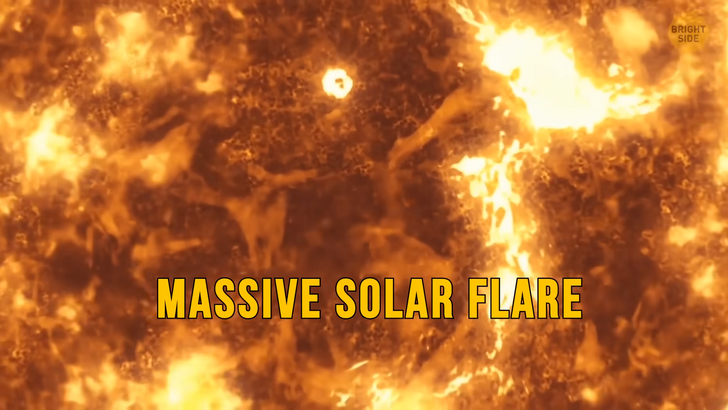
It’d cause other infrastructures to fail. Communication, medicine, transportation, banking systems. Those would tumble like dominoes. And it would be incredibly hard to recover them. Earth would be left without electricity for years. There would be no electric light, no computers, no phones.
Water supply systems would be out of order. There would be no food in supermarkets. There would be no electricity, and people wouldn’t be able to reboot the already broken power grids. In 1859, people all over the world woke up in the middle of the night. It was as light as during the day.
The skies were illuminated with auroras — red, green, purple. They appeared even in the regions where no one had seen them before, like the Bahamas, Jamaica, or Hawaii. Telegraphs got electrical charged — even though they were disconnected! In many areas, fires started. That was when technology barely existed.
But imagine the avalanche of problems a solar flare could cause today! Well, that’s a bunch to chew on, huh? On the Bright Side, I left out the part where the Giant Space Megalodon comes to take a bite out of the Earth. I don’t think there’s much of a chance of that one happening...






